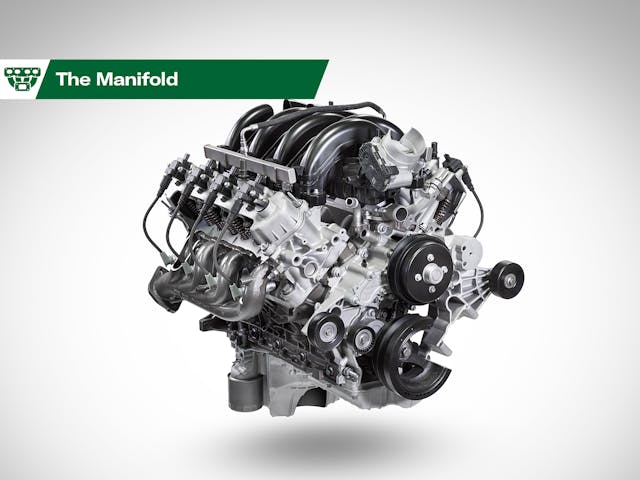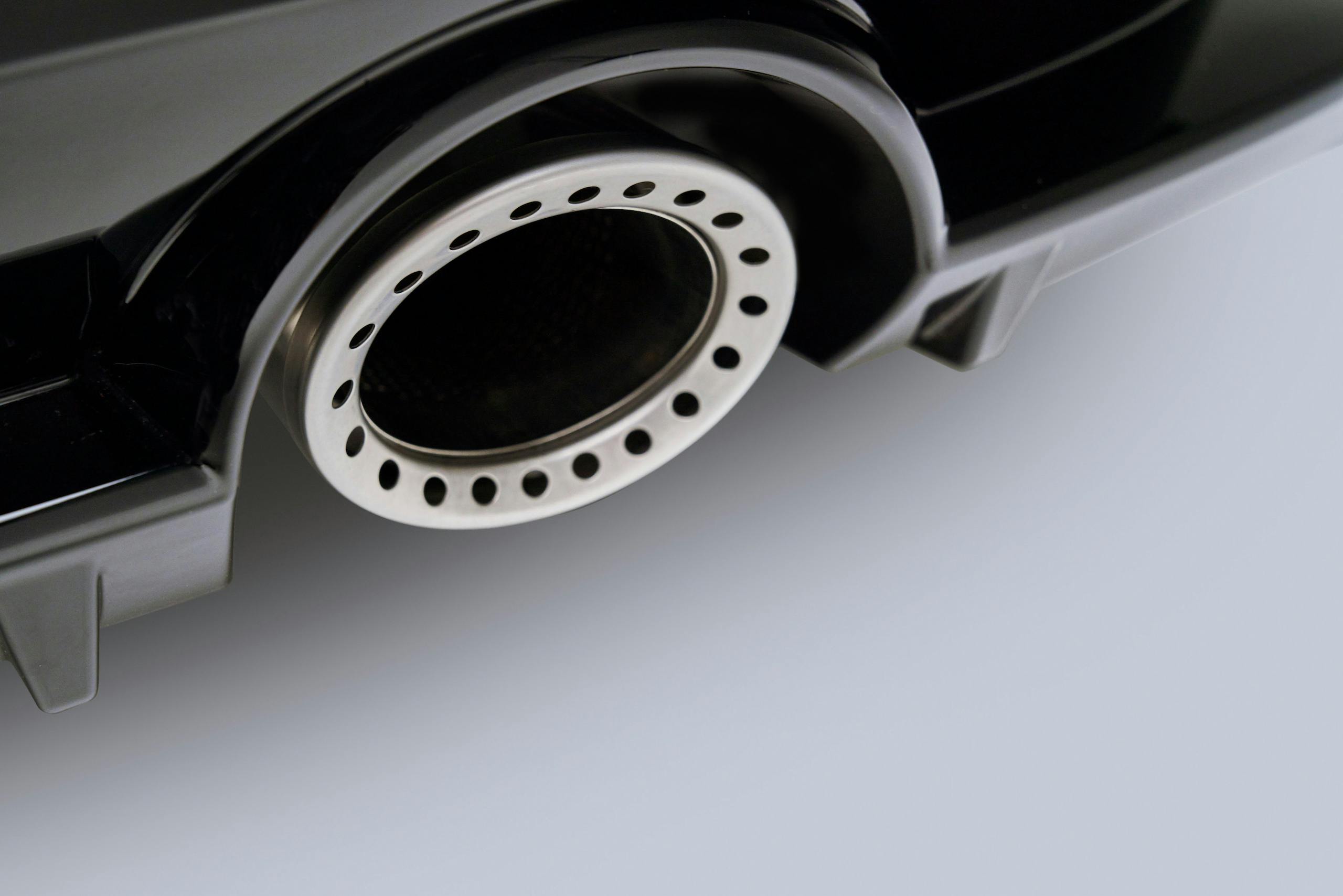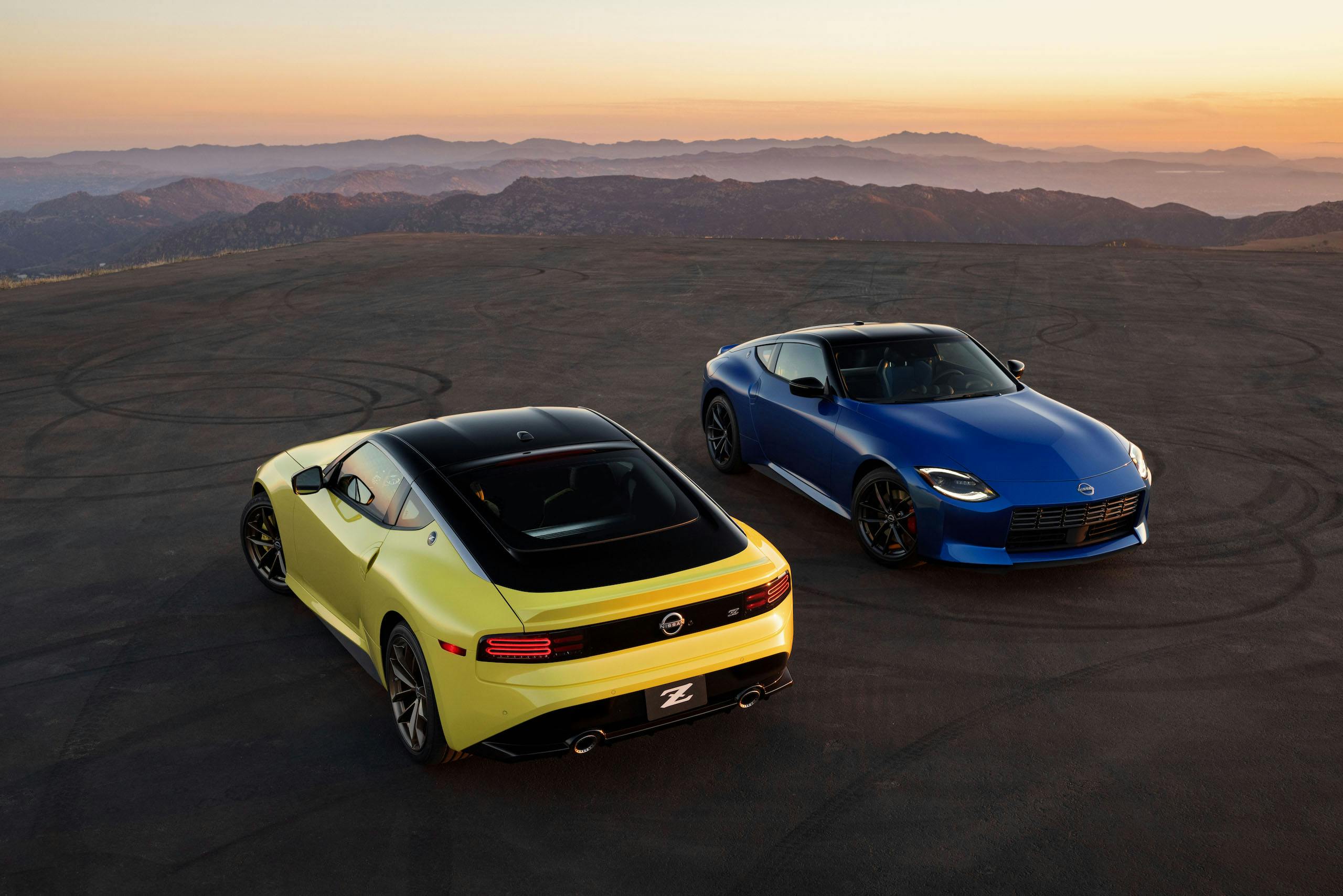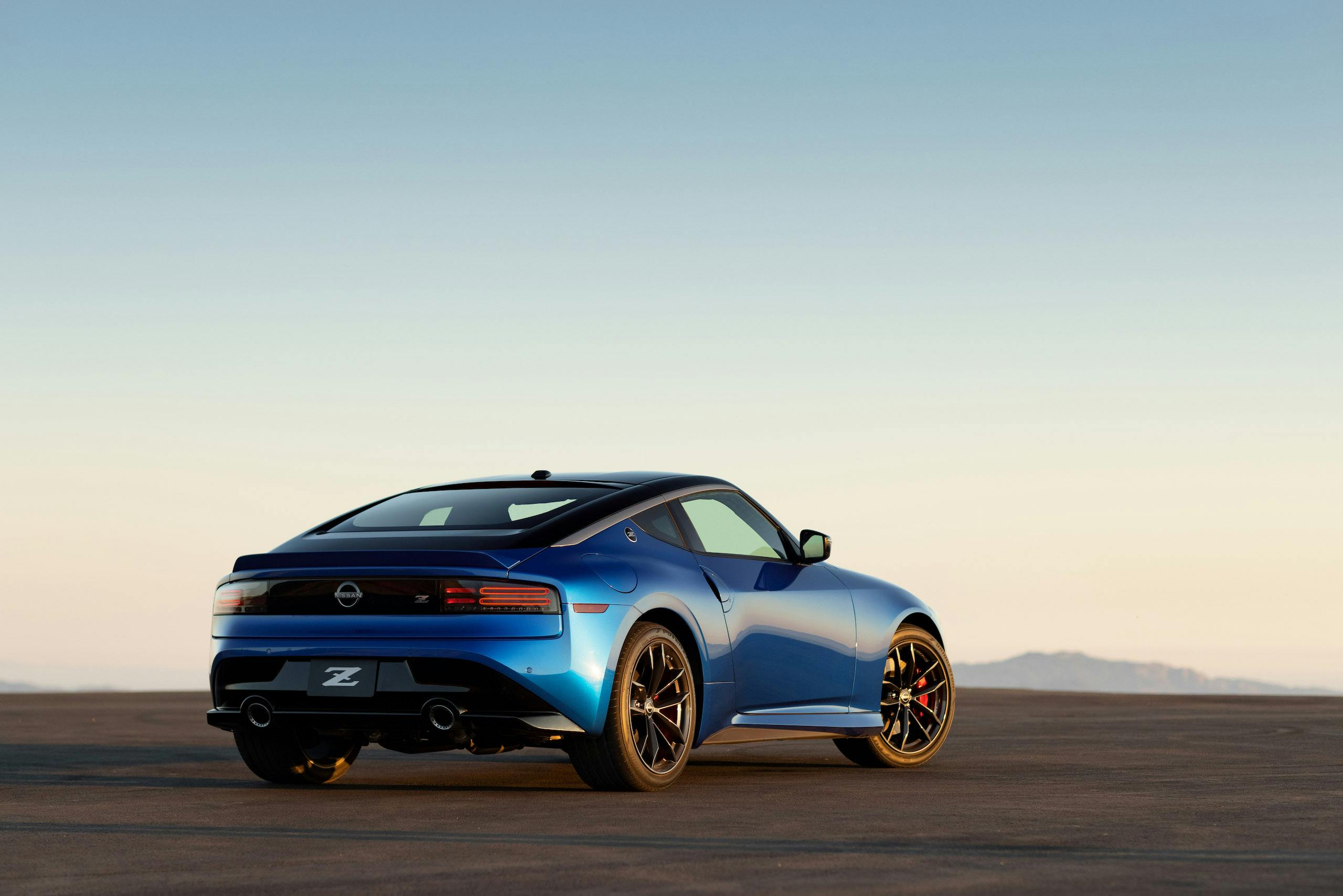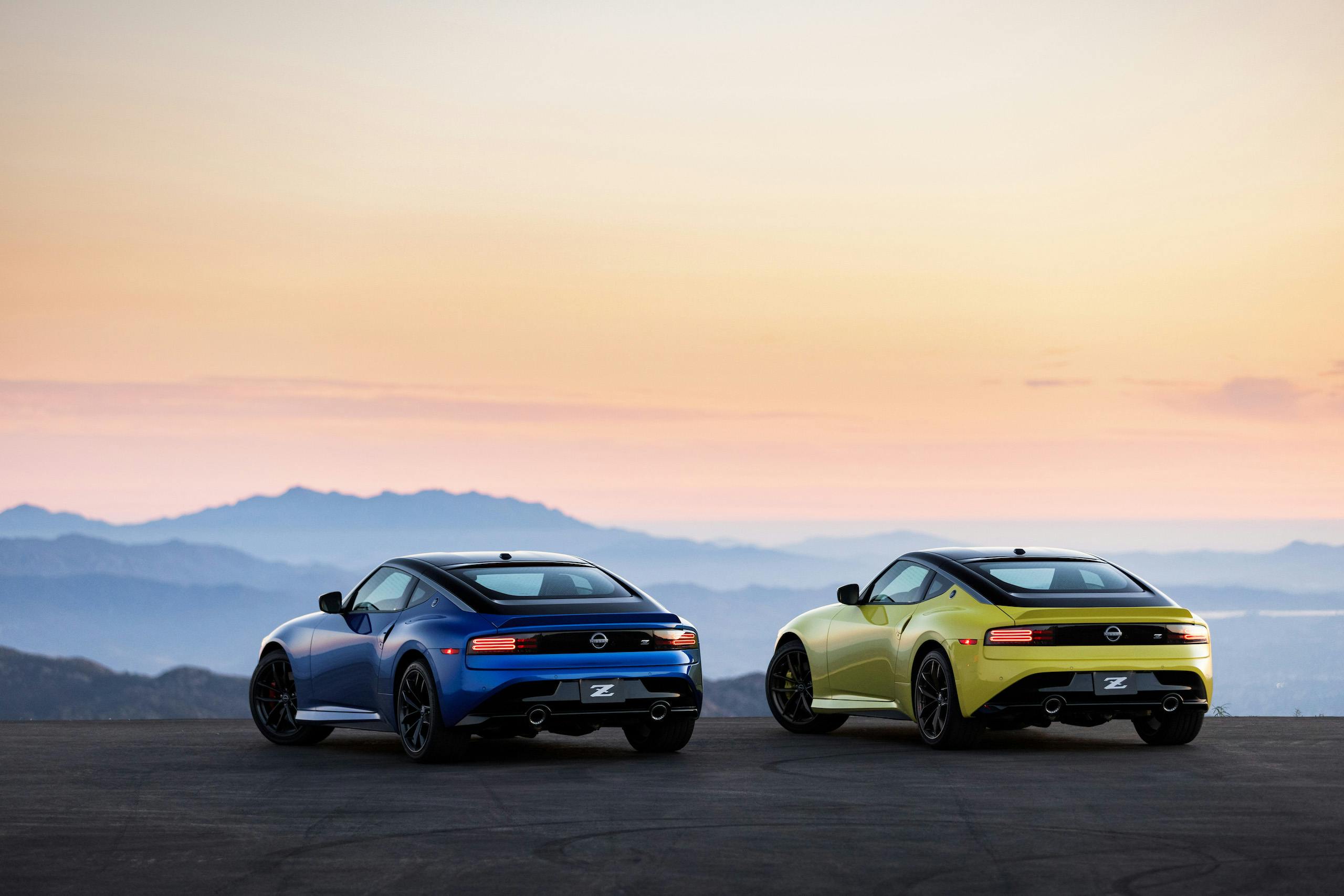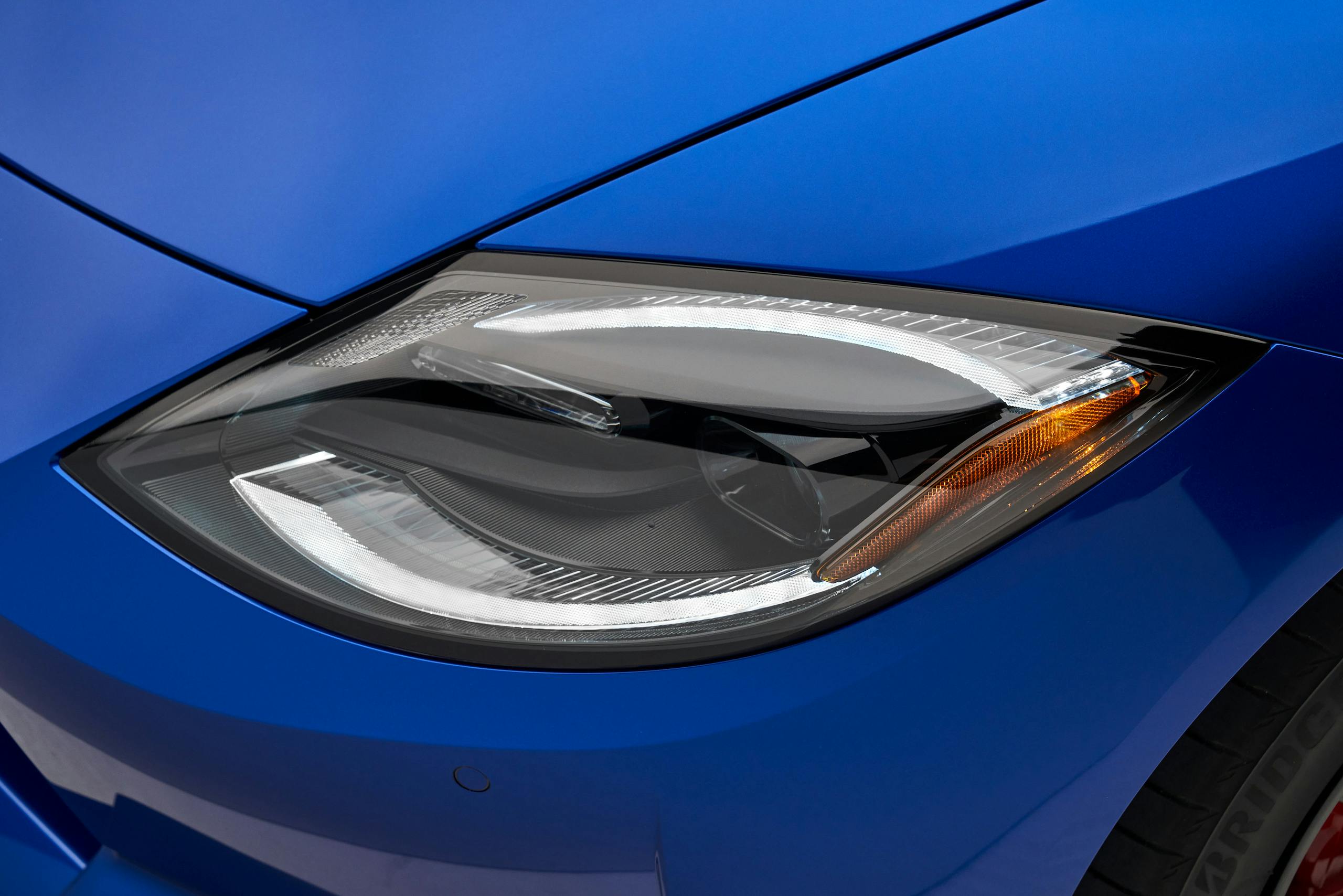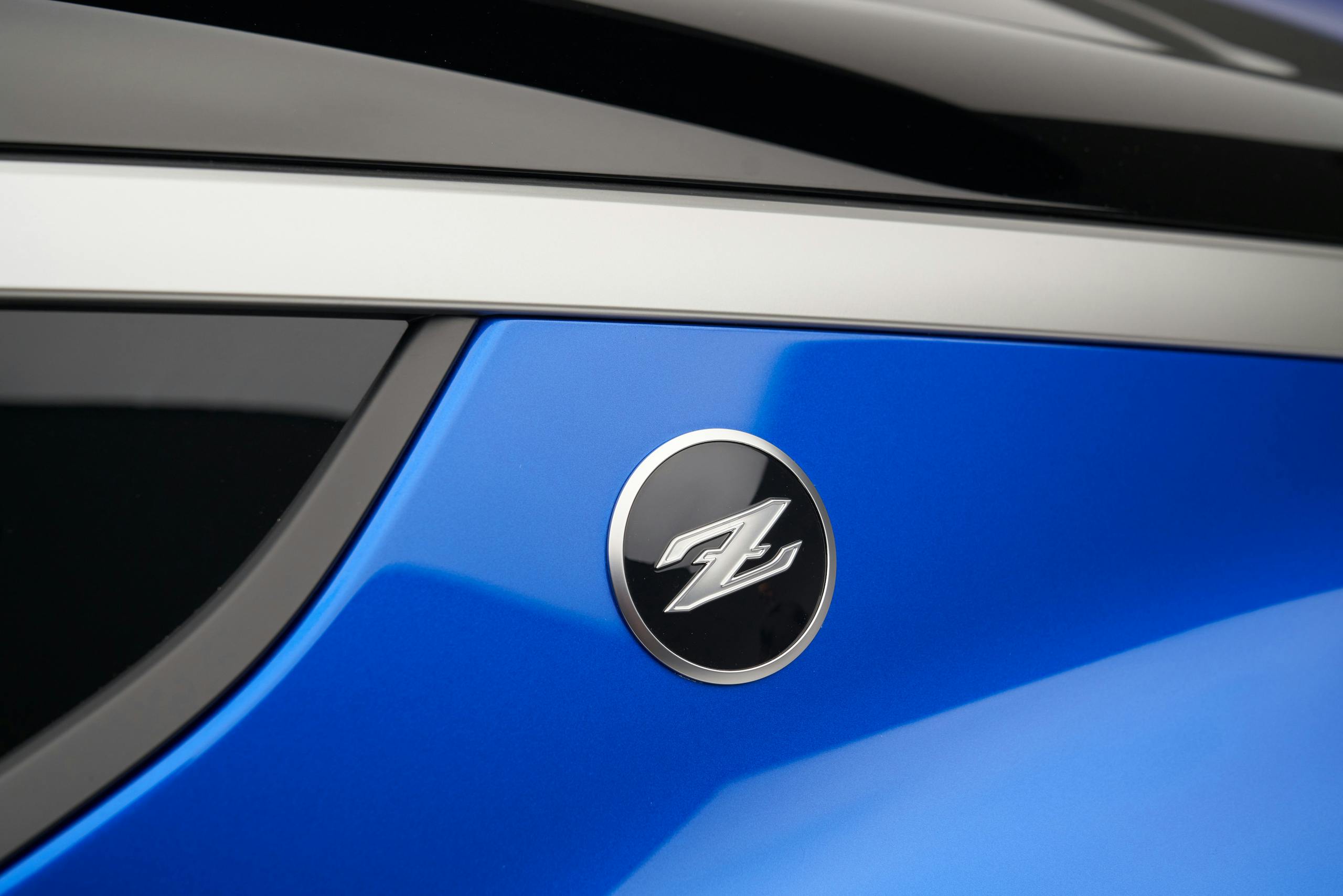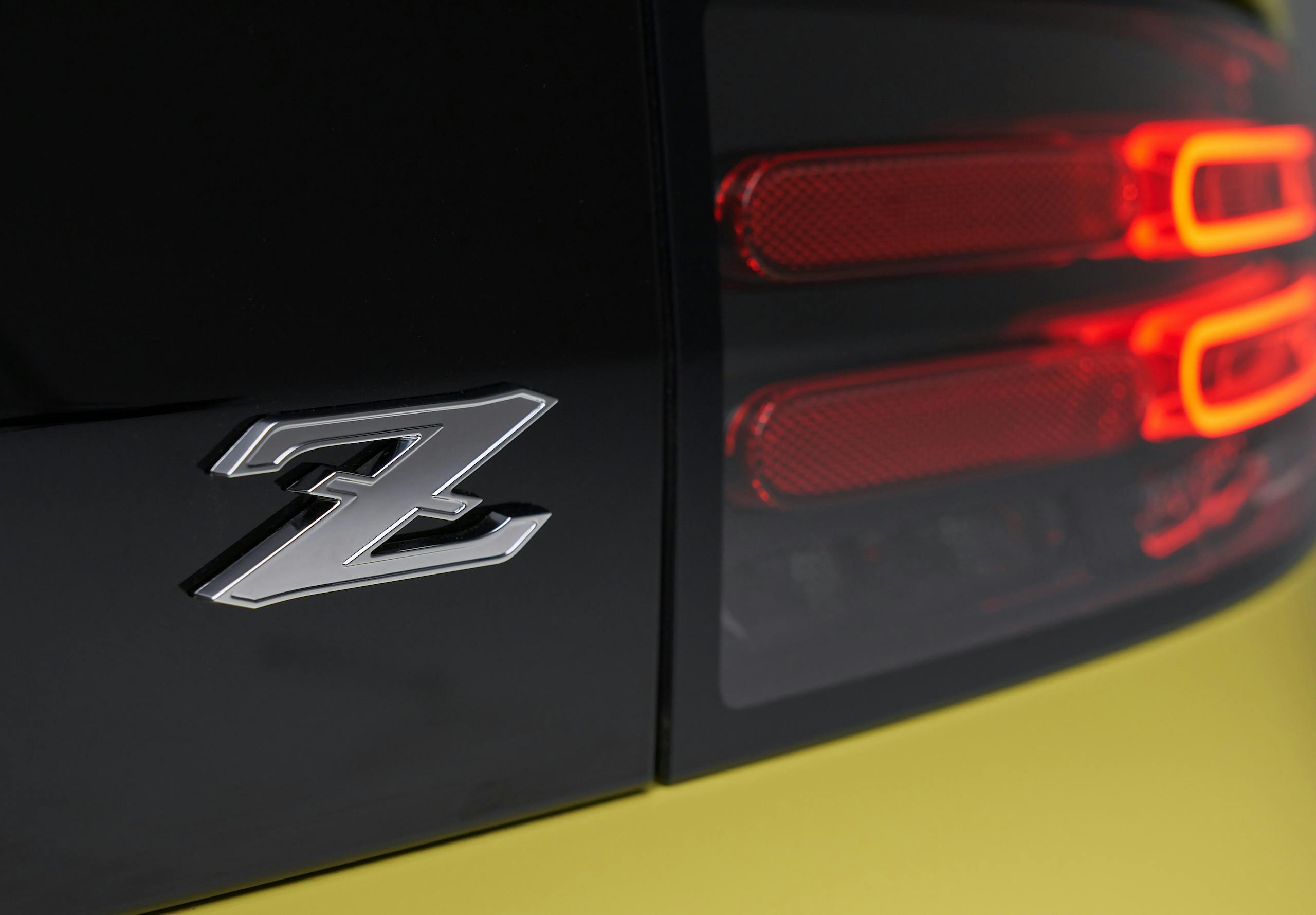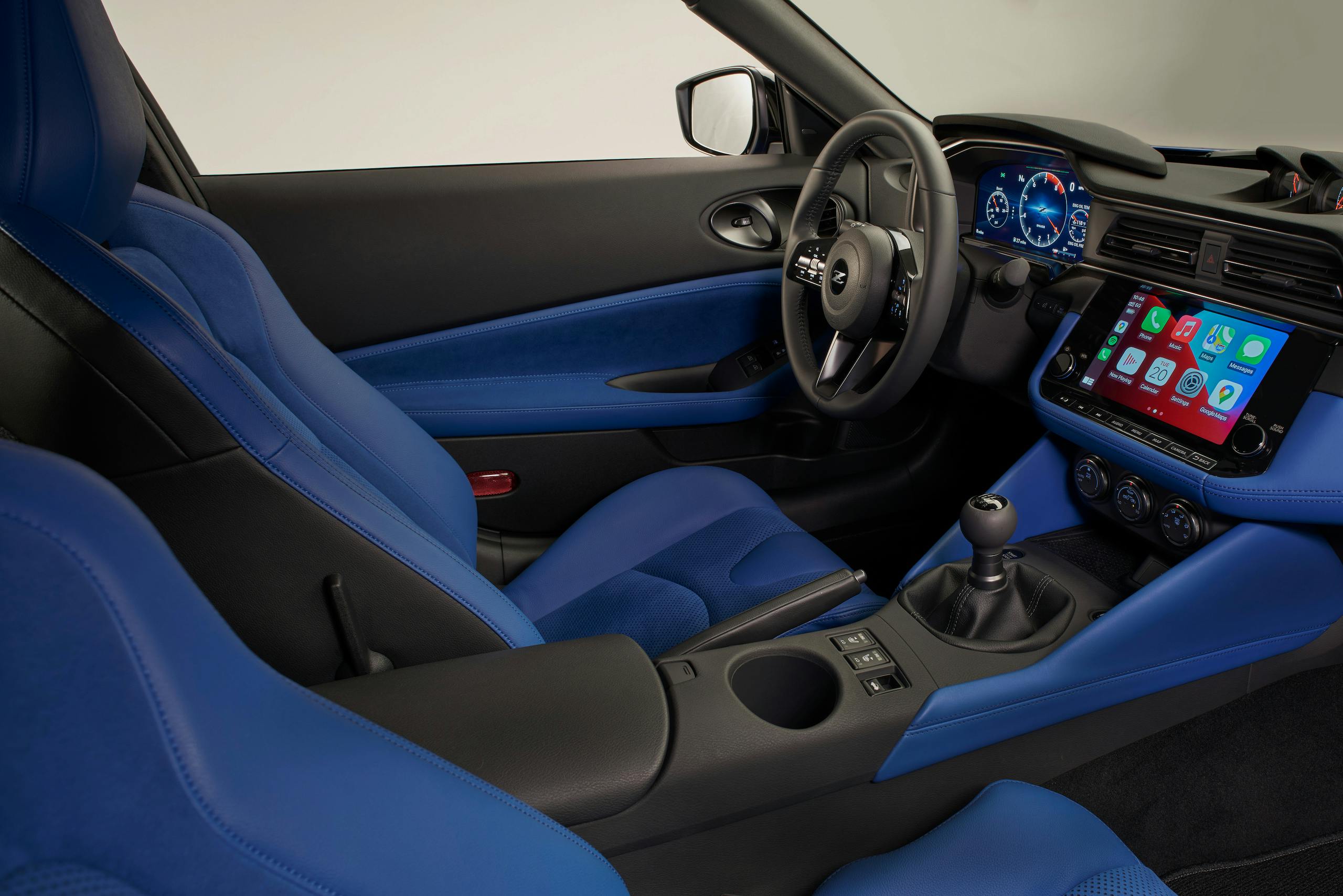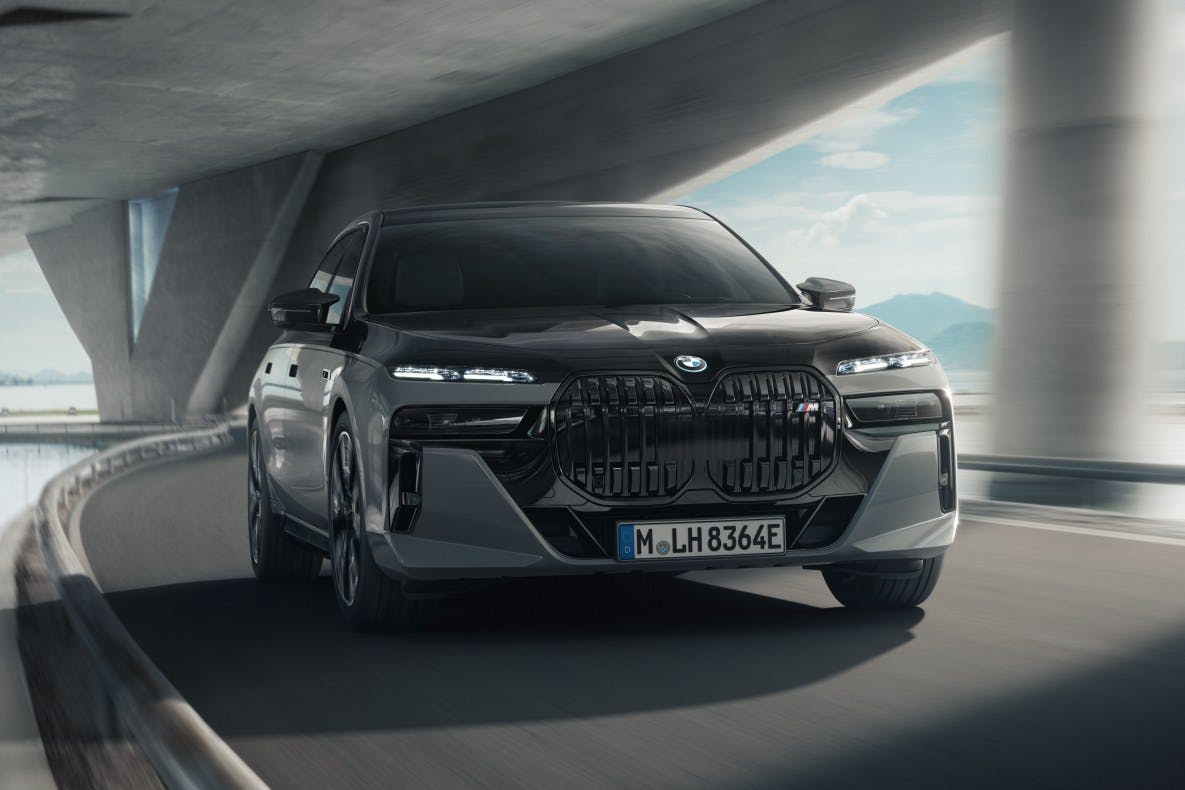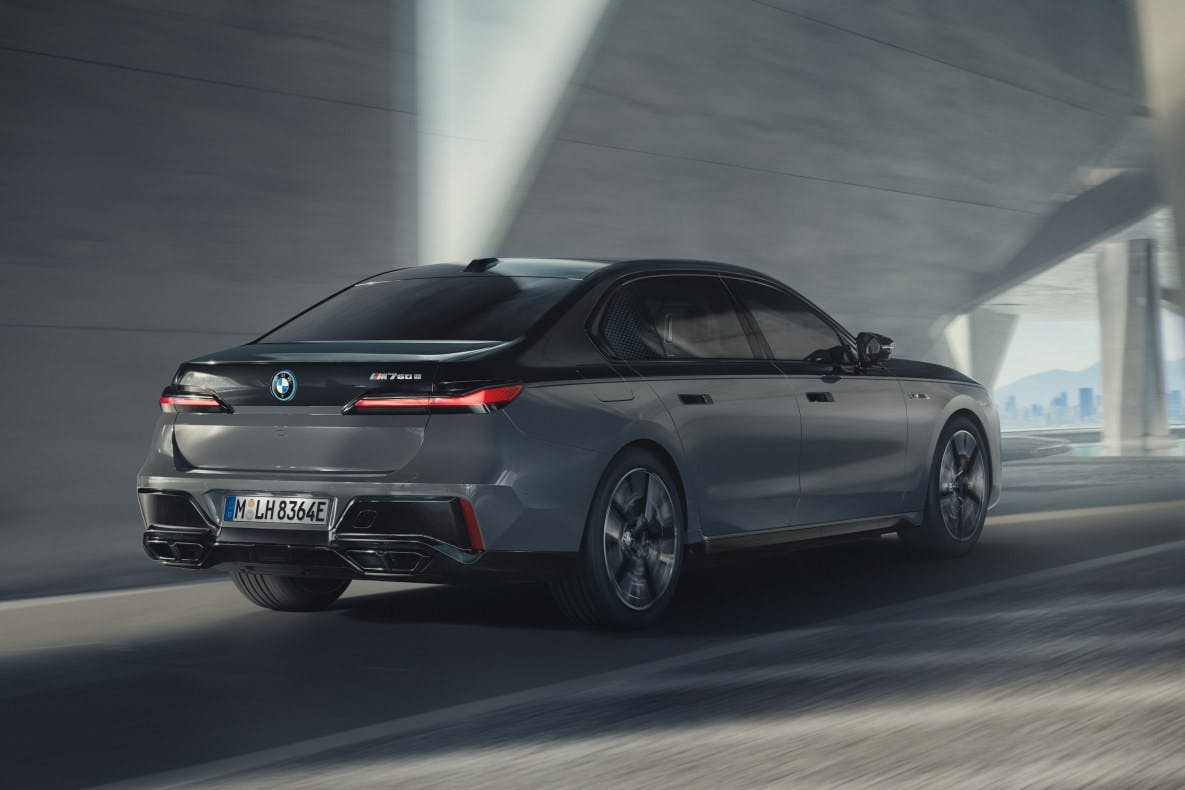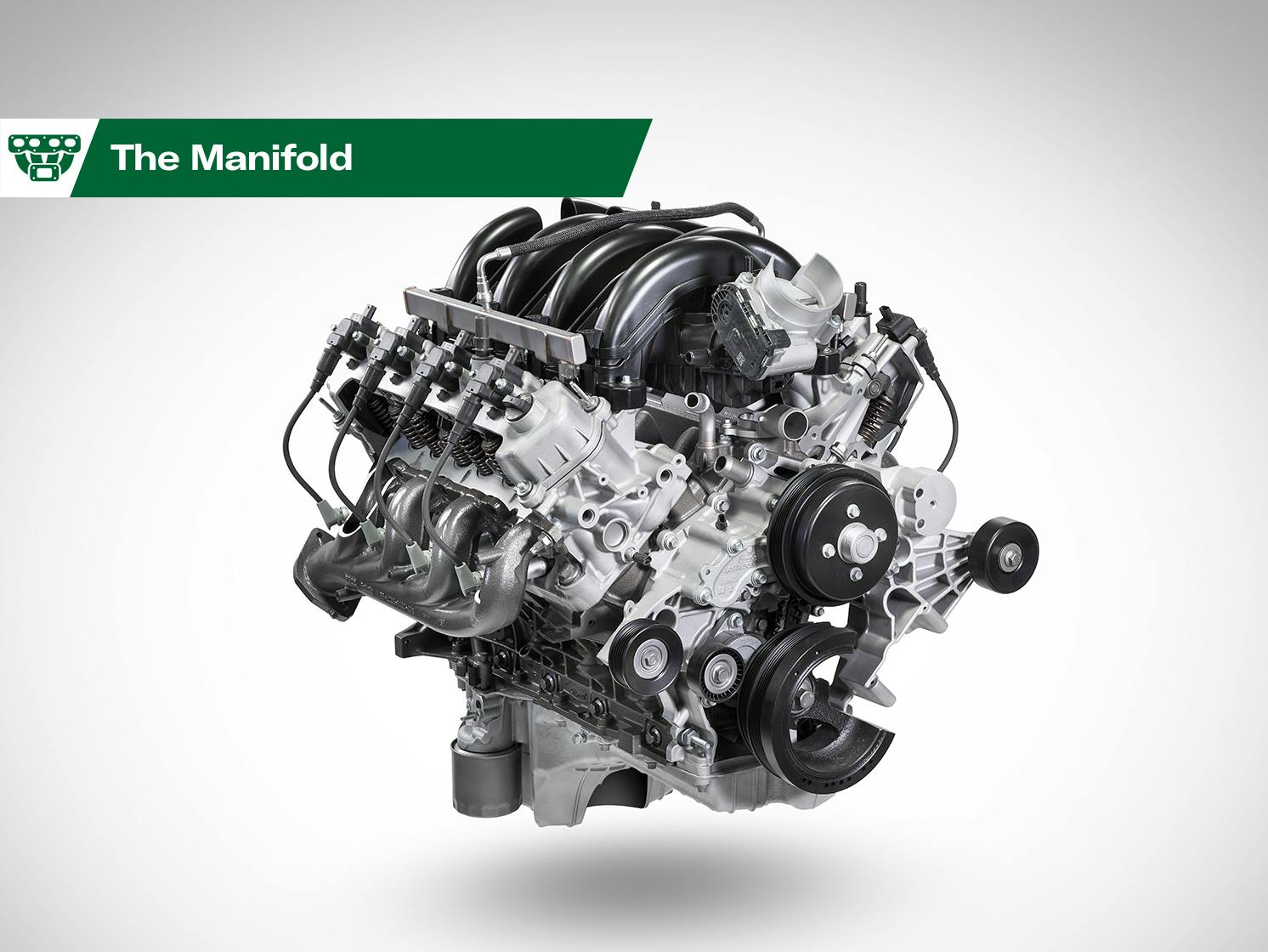Media | Articles
Ford will keep V-8s until 2040, snag a rare 911, Nissan Z delay explained
V-8s will live on at Ford through 2040
Intake: Production may have started today for Ford’s all-electric F-150, but truck owners hesitant to forgo the tried-and-true V-8 have little need for alarm. As Unifor Local 200 president John D’Agnolo tells the Windsor Star following a meeting with Ford’s VP of Americas manufacturing and VP of labor affairs, Ford doesn’t expect to exit combustion-engine production until 2040. The Ford assembly plant in Windsor, Ontario, builds the 5.0-, 7.3-, and (upcoming) 6.8-liter engines and, with 4200 employees, is the city’s largest employer—so it’s only natural that D’Agnolo, who chairs the general trade union’s Ford Master Bargaining Committee, would seek assurance from the manufacturer. Heavy-duty trucks will be the longest V-8 hold-outs, since they are exempted from the federal Canadian government’s mandate that all new car and light truck sales be electric by 2035. Until then, however, D’Agnolo reports that Ford’s bottom line is too dependent on profits from trucks, which he calls its “bread and butter,” and from the Mustang, both of which rely heavily (though not exclusively) on V-8 engines. Canada isn’t left out of Ford’s electric onslaught, though; both Ford VPs confirmed to D’Agnolo that the Oakville, Ontario, plant currently responsible for the Ford Edge and the Lincoln Nautilus is on schedule to be retooled for all-electric vehicles in 2024 or 2025.
Exhaust: In the truck world, at least, Ford’s electrification strategy seems balanced. Though the company is clearly eager for the Lightning to prove a worthy rival for the ICE F-150s, Ford is maintaining and, in the case of the Maverick, actually adding to its internal-combustion portfolio—even as it invests $22 billion in electrification through 2025. Even if you’re a die-hard ICE proponent, don’t be turned off by Ford’s EV-centric marketing hype. The Blue Oval knows on which side its bread is buttered … for now.
Unicorn riders wanted—a 1973 Porsche 911 Carrera RS 2.7 Lightweight is for sale
Intake: Only 200 of these 2.7 RS Lightweights left the Porsche factory in 1973, and now one is for sale in highly original condition. The Light Yellow over black Carrera was delivered to its first owner in Frankfurt in “M471” Lightweight specification, which entailed thinner steel for the body panels, thinner glass, fiberglass bumpers, and racing-style seats. The sound deadening, rear seats, radio, and clock were all removed to shed a few more pounds. Under the rear hood is a 2.7-liter flat-six with 213 hp doled out with the added benefit of Bosch mechanical fuel injection, and Nikasil-lined cylinders. Stiffer suspension, uprated brakes, and a wider body with trademark ducktail rear spoiler complete the look. This car was further optioned with seatbelts, a limited slip differential and Carrera livery. This single-owner example comes with the original invoice, service, spare wheel and tool kit, along with a an extra set of wheels. The car is unrestored, and apart from having the engine lid straps replaced with a lock and the external mirror painted black, it’s as it was when it left the factory. It will be on the block at RM Sotheby’s Monaco sale on May 14.
Exhaust: The estimate is €800,000 to €1 million ($855,000 to $1,070,000), but this charmingly original RS could easily go higher if the right unicorn rider is out there. Hagerty valuation expert Andrew Newton agrees. “The 1973 Carrera RS 2.7 Lightweight is top dog among classic 911 road cars, and they can sell for nearly twice as much as the standard “Touring” Carreras,” says Newton. “Any Lightweight is something Porsche people will clamor for, but this one’s single ownership and originality (remarkable for a 49-year-old car) plus the appropriately loud ’70s color make it a standout. In dollar terms, the presale estimate puts it between the condition #2- ($1,000,000)and #2+ ($1,200,000) range in the Hagerty Price Guide.”
Nissan Z launch delayed until summer 2022
Intake: Those of you eagerly anticipating Nissan’s retro-tastic Z sports car will have to wait a bit longer than expected. A Nissan spokesperson confirmed to Hagerty that supplier issues have forced the marque to push the Z’s 2022 launch from spring to summer. The latest iteration of Nissan’s famous sports car packs twin-turbocharged 400-hp V-6 and your choice of a six-speed manual gearbox (with an EXEDY high-performance clutch) or a nine-speed automatic. The car’s styling leans on classic Datsun vibes, and underneath it’s essentially a re-bodied and refreshed version of the outgoing 370Z.
Marketplace
Buy and sell classics with confidence
Exhaust: Alas, supplier issues—whether it’s microchips or other components—have hampered everything from McLaren’s hot new plug-in Artura to mass-market GM models such as the Traverse and Equinox. If the new Z drives half as sweet as it looks, it’ll be worth the wait.
Even TVR is going electric

Intake: British sports car maker TVR has pledged to go electric in 2024 and become “a sustainable, net-zero business,” according to a report by Autocar. As a first step, the brand is sponsoring two rounds of the Formula E series in London and Monaco to mark “a turning point in the strategic direction of the iconic British high-performance sports car manufacturer as they accelerate their plans to electrify the brand”. The company’s first EV will be an electric version of the Griffith, a model that first appeared in 2017.
Exhaust: This is a big move for a company synonymous with sonorous six-cylinder and V-8 engines. However, the gestation period for its reborn V-8 Griffith has been so long that the car now appears to be obsolete before production has even begun. On the plus side, TVR should be moving into its new factory in Wales any day now and will be building cars using Gordon Murray’s “i-Stream” process which is extremely lean and flexible. Whether the pivot will be enough to entice buyers interested in an electric sports car remains to be seen.
New M760e is the first BMW plug-in hybrid with an M badge
Intake: The latest version of BMW’s flagship sedan, the 7 Series, debuted last week, complete with (now commonplace) contentious styling cues. Joining the 7 Series is a new pure EV, dubbed the i7. Seemingly lost in the fray, however, was the debut of an M-branded middle ground—the M760e. This car marks BMW’s first M-branded product to feature plug-in hybrid technology, which will deliver 571 hp and 590 lb-ft of torque between the twin-turbo inline-six and a battery pack of an as-yet-unspecified size. All-electric range is said to be somewhere between 49-52 miles according to the Euro WLTP test cycle. An M Performance package will unlock two-tone paint akin to that of certain Mercedes-Maybach models.
Exhaust: The M760e ostensibly replaces the M760i—one of the final BMW products to feature the brand’s herculean 6.5-liter twin-turbo V-12. Will a plug-in hybrid with half the cylinder count be able to lay waste to entire time zones in the same silky-smooth fashion? We shall see.
